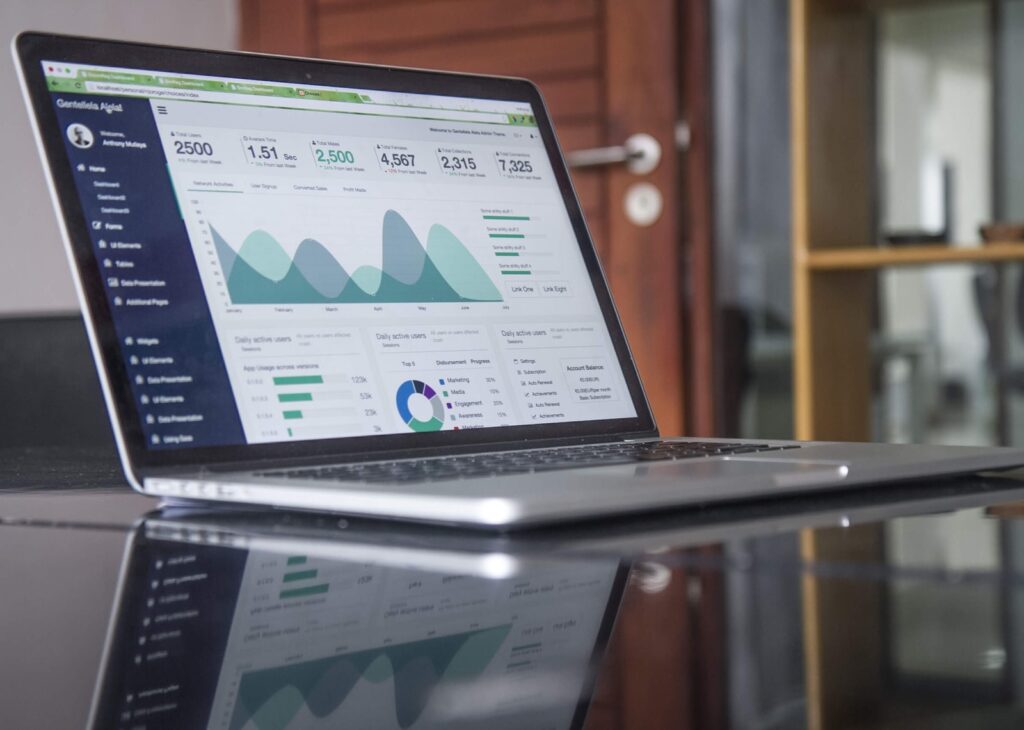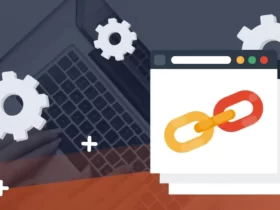In this blog, we will see the difference between Web Crawling and Web Scraping.
In the era of internet activities where there are over 4.66 billion people active on the web, data is not only the information that these people generate every minute; it is also what can set one business ahead of the others in the same market.
Having access to a limitless supply of both accurate and relevant data harvested in real-time can help a brand make the best decision at all times.
There are essentially two approaches to data extraction all over the world; web scraping and web crawling. And today, we will understand what both are and how they differ from each other.
What Is Web Scraping?
Web scraping can be defined as the process of web extraction in which data is harvested from several websites of data sources simultaneously.
It is a data-specific process that uses high-level tools to scrape the relevant data from target sources. This often means the scraper knows what data to look for and extract. And in some cases, the data scraper may or may not know the source’s URLs, which is where web crawling comes in.

What Is Web Crawling?
Web crawling can also be correctly termed web indexing, and it involves the general process of searching through websites to collect URLs and index them to be used later.
While the process can also collect other relevant fields, the primary focus is often website crawling and URL extraction.
And this is what makes it a vital part of data extraction and works seamlessly with web scraping to help you have all the data you need at every turn.
However, that web scraping and web crawling work together to aid an abundant supply of market data doesn’t in any way mean they are the same thing. There are several differences, and we will look at the key ones in the next section.
Key Differences between Web Scraping and Web Crawling
An automated data extraction process must seamlessly fuse web scraping and web crawling to be considered successful. However, these processes have a world of differences between them.
The key difference between web scraping and web crawling is their focus and target. For instance, web scraping focuses on extracting specific data from targeted pages and websites. Without making the process as specific as possible, you will only end up wasting too much time collecting what you do not need.
Whereas web crawling involves using bots to crawl websites and all their pages, reading and storing data while moving from one URL to the next. This helps you pull both URLs and data from sources that you did not target at first.
But because it is combined with web scraping, you can only extract what is relevant even as you crawl from page to page.
What Are The Benefits and Drawbacks of Web Scraping?
Web scraping offers several benefits and advantages to any firm that explores it to harvest data, and below are some of the most common benefits:
- High Accuracy
Today’s web scraping is generally an automated process that uses more sophisticated tools and less human input.
This makes the result very accurate, and the data harvested has zero or little errors in them.
- Saves Time
Time is crucial to businesses as it helps to achieve goals and grow. The more time a business has, the more important activities it can get done and the higher the revenue it can accrue.
Web scraping is an automated process that also helps a brand save time as it can achieve in a few hours what could naturally take weeks to achieve.
- Higher Efficiency
Web scraping also offers a higher level of efficiency by ensuring that the staff of the brand is not taken away from other tasks and involved in collecting data. It also provides very accurate data quickly and easily.
This ensures increased productivity and higher performance that can take the brand to new heights.
However, even this all-important process still has a few drawbacks. Chiefly amongst these drawbacks is the need for expertise in data extraction. Building the tools, handling them effectively, and maintaining them over time requires good knowledge and skills.
Yet, you can mitigate these challenges by using ready-made software built, handled, and maintained by a third-party company.
What Are Web Crawler Benefits and Drawbacks?
To properly understand what is a web crawler, we must also see what benefits it offers brands that use it during data extraction.
- Deep Diving
Collecting data can be as specific as targeting a website and interacting with it to scrape its content, or it can be as complex as moving from one URL and web page to the next until all the relevant data contained on the internet has been collected.
Web crawling allows you to go deeper into each URL or page to see and harvest what they contain.
- Better Quality
Anyone who knows what a web crawler is knows that it can be easily used to increase the quality of any dataset.
Sometimes, what is contained on one website or page is not enough to paint an entire picture of a concept and a bot may help solve this problem by providing information that deepens the understanding of a topic.
Sadly, using a web crawler also comes with certain drawbacks, as with all tools. One of these drawbacks is blockages on websites and data sources. Web crawling involves using bots, and when some websites implement anti-bot technologies, it can hamper the bot from functioning optimally. Thankfully, avoidance of such technologies is easier with quality crawlers. Oxylabs wrote in a blog post both reasons as to why that is the case and what the peculiarities of web crawlers are.
Another slight limitation of operating a web crawling bot can be a labor-intensive exercise that can be quite time-consuming.
The simple way to overcome this issue is to switch to automated crawling that uses better and more advanced bots that require little or no human contribution.
Conclusion
Now that you know what is a web crawler, what it does, and how it differs from web scraping, you should keep in mind that the challenges mentioned above do not in any way make the tool or the process a less desirable exercise.
Companies are switching to full automation to solve any crisis and keep data coming in as the importance of information gathering cannot be overemphasized.























![Top 5 Nintendo DS Emulators for Windows PC 122 Top 5 Nintendo DS Emulators for Windows [2022]]](https://technicalistechnical.com/wp-content/uploads/2022/09/nobh7rq7zn8-280x210.webp)



